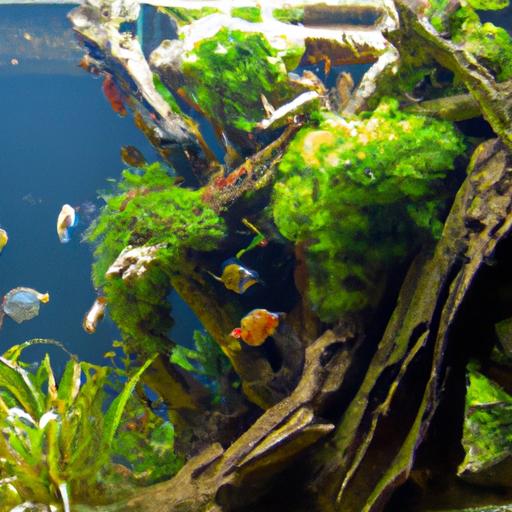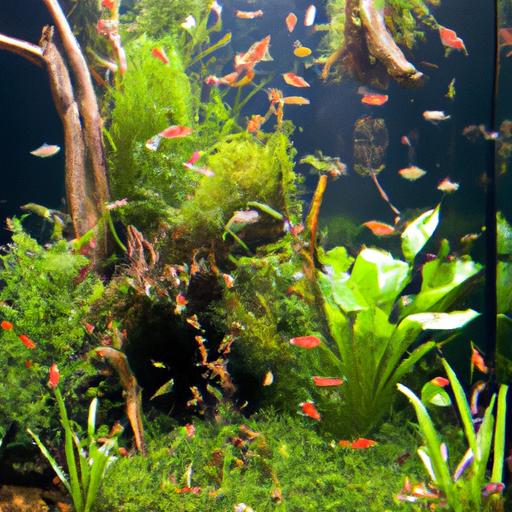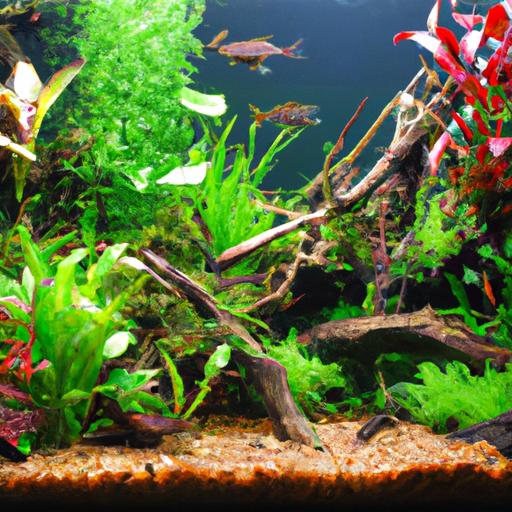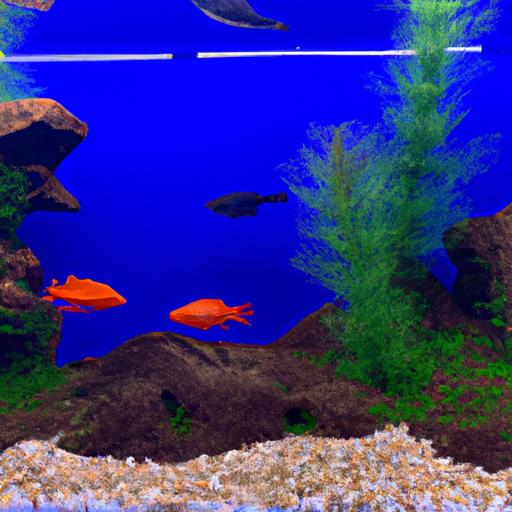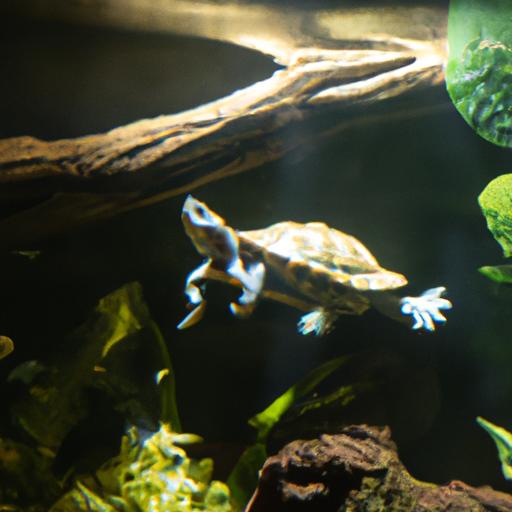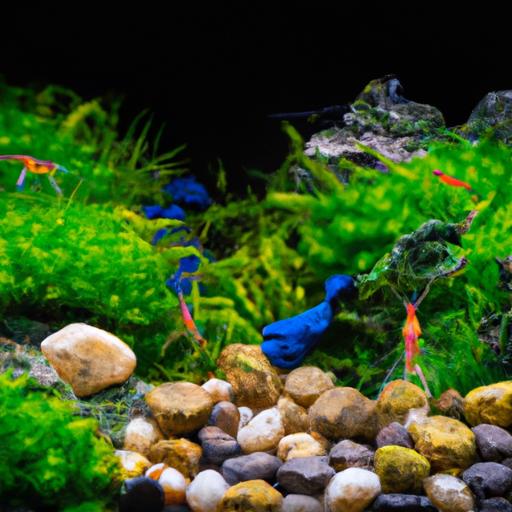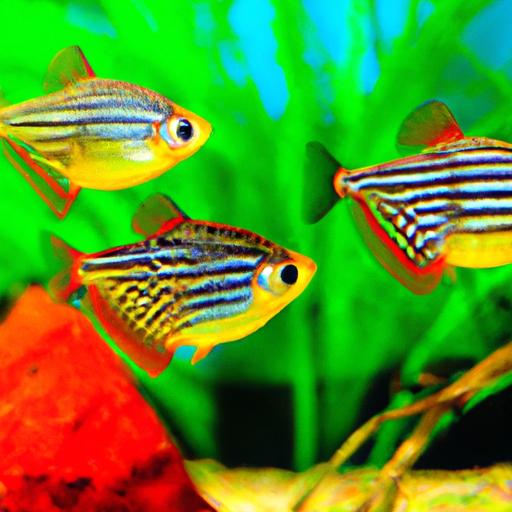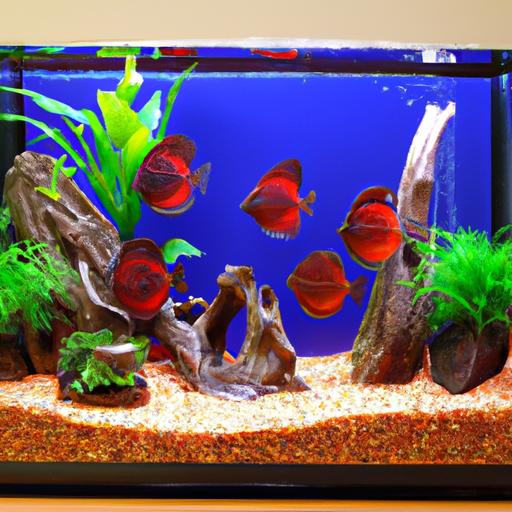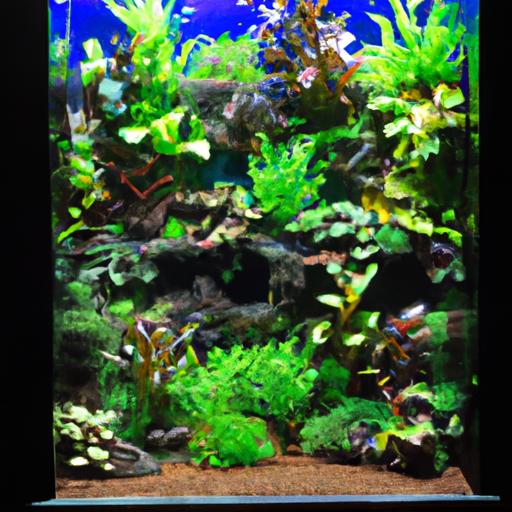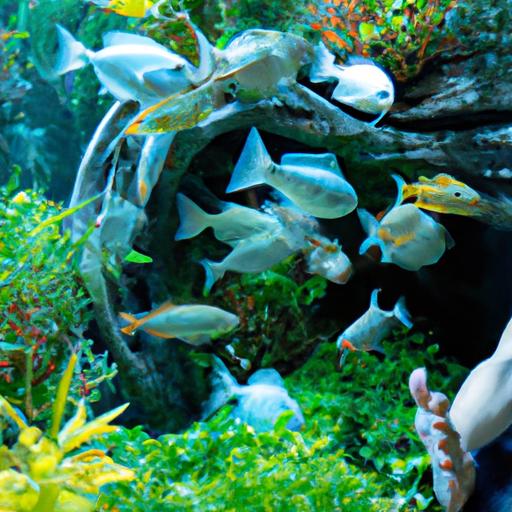
Properly Acclimating Fish to Your Freshwater Tank
Learn how to properly acclimate fish to your freshwater tank for a smooth transition and their overall well-being. Follow our step-by-step guide now!
Introduction
Are you a proud owner of a freshwater fish tank? Congratulations! Creating a serene aquatic environment is not only visually appealing but also provides a soothing ambiance to any space. However, it’s crucial to understand that introducing new fish to your tank requires careful consideration and proper acclimation. In this article, we will guide you through the process of acclimating fish to your freshwater tank, ensuring their smooth transition and overall well-being.
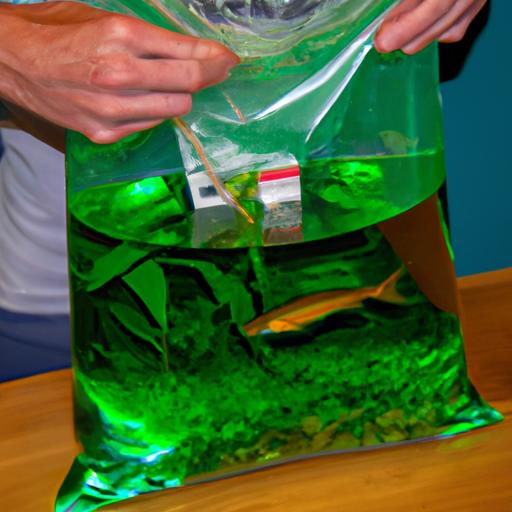
The Acclimation Process
To ensure the successful integration of new fish into your freshwater tank, it’s vital to follow a step-by-step acclimation process. Let’s dive into the details:
A. Preparing the fish and tank
Before bringing your new fish home, make sure your tank is fully set up and properly cycled. This means ensuring the water parameters, such as temperature, pH level, and ammonia levels, are suitable for the species you plan to introduce. Additionally, ensure the tank is clean and free from any harmful substances.
B. Floating the fish bag in the tank
Upon arriving home with your new fish, resist the temptation to immediately release them into the tank. Instead, float the sealed bag in the tank for about 15 to 20 minutes. This allows the temperature inside the bag to gradually adjust to that of the tank water. Remember to keep the bag closed during this process to prevent the fish from jumping out.
C. Gradually introducing tank water to the fish bag
After the floating period, it’s time to start the process of slowly introducing tank water to the fish bag. Open the bag and add small amounts of tank water to it at regular intervals, around every 5 minutes. This gradual mixing helps the fish adjust to the different water parameters, such as pH and mineral content, reducing the risk of shock.
D. Releasing the fish into the tank
Once the fish bag contains a significant amount of tank water, it’s time to carefully release the fish into its new home. Using a net, gently transfer the fish from the bag to the tank. Avoid pouring the water from the bag directly into the tank, as it may introduce unfavorable substances. Allow the fish to swim out of the net on its own, ensuring a stress-free entry.
E. Monitoring the fish after acclimation
After releasing the fish into the tank, closely observe its behavior for the next few hours. Look for any signs of distress, such as erratic swimming, gasping for air, or loss of appetite. It’s normal for fish to experience some stress during the acclimation process, but if you notice severe distress, take immediate action to rectify the situation.
Frequently Asked Questions (FAQs)
Let’s address some common questions related to properly acclimating fish to a freshwater tank:
A. How long does the acclimation process take?
The duration of the acclimation process may vary depending on the fish species and their sensitivity to water parameter changes. On average, the entire process can take anywhere from 30 minutes to an hour. However, it’s essential to prioritize the well-being of your fish over time constraints.
B. Can I skip the acclimation process?
While it may be tempting to skip the acclimation process, especially if you’re in a hurry, it’s not recommended. Rapid changes in water parameters can cause stress, shock, and even death in fish. Taking the time to properly acclimate them increases their chances of adapting successfully to the new environment.
C. Why is acclimating fish important?
Acclimating fish to a new freshwater tank helps them adjust gradually to changes in water temperature, pH level, and mineral content. This process reduces stress, prevents shock, and allows the fish to acclimate to their new surroundings, leading to healthier and happier fish in the long run.
D. What if the fish shows signs of distress during acclimation?
If you observe signs of distress, such as gasping for air or erratic swimming, it’s crucial to act promptly. Check the water parameters to ensure they are within the acceptable range for the species. If necessary, perform necessary adjustments or consult a knowledgeable aquarist for guidance.
E. Can I acclimate multiple fish at once?
While it’s possible to acclimate multiple fish simultaneously, it’s generally recommended to acclimate them individually to minimize stress and potential conflicts. Each fish may have different tolerance levels and requirements, so providing them with individual attention during acclimation is beneficial.
Conclusion
Successfully acclimating fish to your freshwater tank is a vital step in ensuring their well-being and the overall harmony of your aquatic ecosystem. By following the step-by-step acclimation process outlined in this article, you can minimize stress, reduce the risk of shock, and provide a smooth transition for your new fish. Remember, taking the time to properly acclimate your fish demonstrates your dedication as a responsible fish owner and sets the stage for a thriving and captivating aquarium experience.


